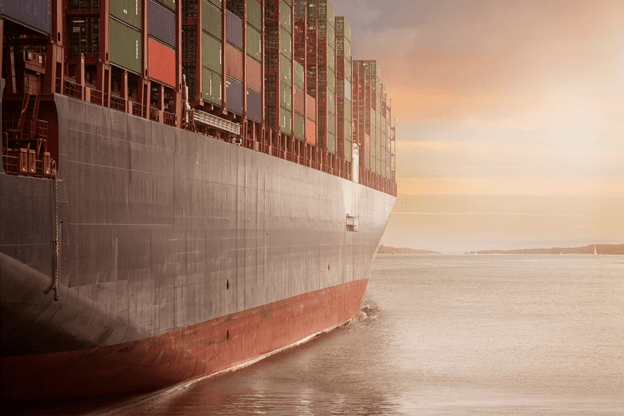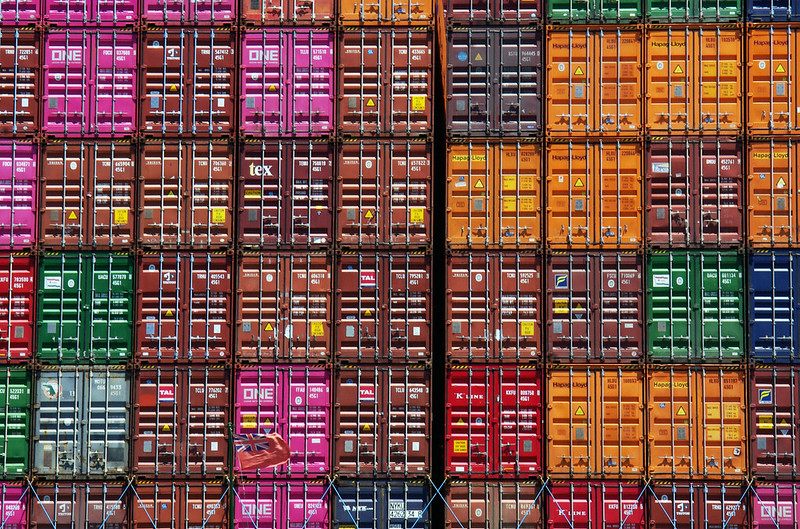
Container lines appear to have regained some bargaining power to lift freight rates on the India-US trade lane after managing partial recovery from recent general rate increase (GRI) attempts.
Mediterranean Shipping Co. (MSC) and CMA CGM have lined up a new round of peak season surcharges (PSS) for India-US shipments.
MSC will apply a PSS of US$500 per container for all cargo from India to the US and San Juan (Puerto Rico), from 15 August. The Geneva-based carrier said the surcharge is necessary to “maintain a high level of reliability and efficiency of its services to the needs of customers.”
French liner CMA CGM has announced a PSS levy of US$350 per 20-foot/40-foot box and US$550 per 45-foot hi-cube box for Indian container loads to the US East and Gulf coasts, from 1 September.
Other major carriers, including Maersk and Hapag-Lloyd, also plan to hike rates on the same trade through general rate increase (GRI) activity.
For shipments from India to the US and Canada, Maersk will attempt a GRI of US$350 per 20-foot, US$500 per 40-foot, US$750 per 45-foot hi-cube and US$1,000 per 40-foot reefer box, also starting 1 September.
Hapag-Lloyd has instituted a hike of US$200 per container for all types of Indian cargo to the US East Coast.
“This GRI/general rate adjustment is applicable to all containers gated in full from 1 September and is valid until further notice,” stated the carrier in a customer advisory.
However, glaringly, carriers have adopted a pragmatic approach – seeking more moderate increases, instead of hefty amounts that typically hit the market in the lead up to so-called peak shipping season.
Indian exports have seen sharp declines in recent months, a trend industry observers believe is unlikely to turn around any time soon amid weakening demand conditions across major economies. Indian goods exports by value slumped 22% year-over-year in June, according to the latest government data.
Meanwhile, carriers — offering regular calls out of India’s west coast — continue to deal with considerable cargo flow challenges at Mundra Port, India’s largest box gateway, following recent cyclone-induced disruptions.
Customs house brokers at Mundra have expressed serious concerns over empty container pickups and drops from storage yards, noting the bottlenecks are straining cargo flows for exporters/importers.
“We suggest shipping lines set up new empty yards inside the port area with all required equipment and good infrastructure to enable us to locate empty containers inside the port area and it will also reduce the cost of transportation and save valuable resources,” noted the Mundra Customs Brokers’ Association in a communique to all stakeholders.




